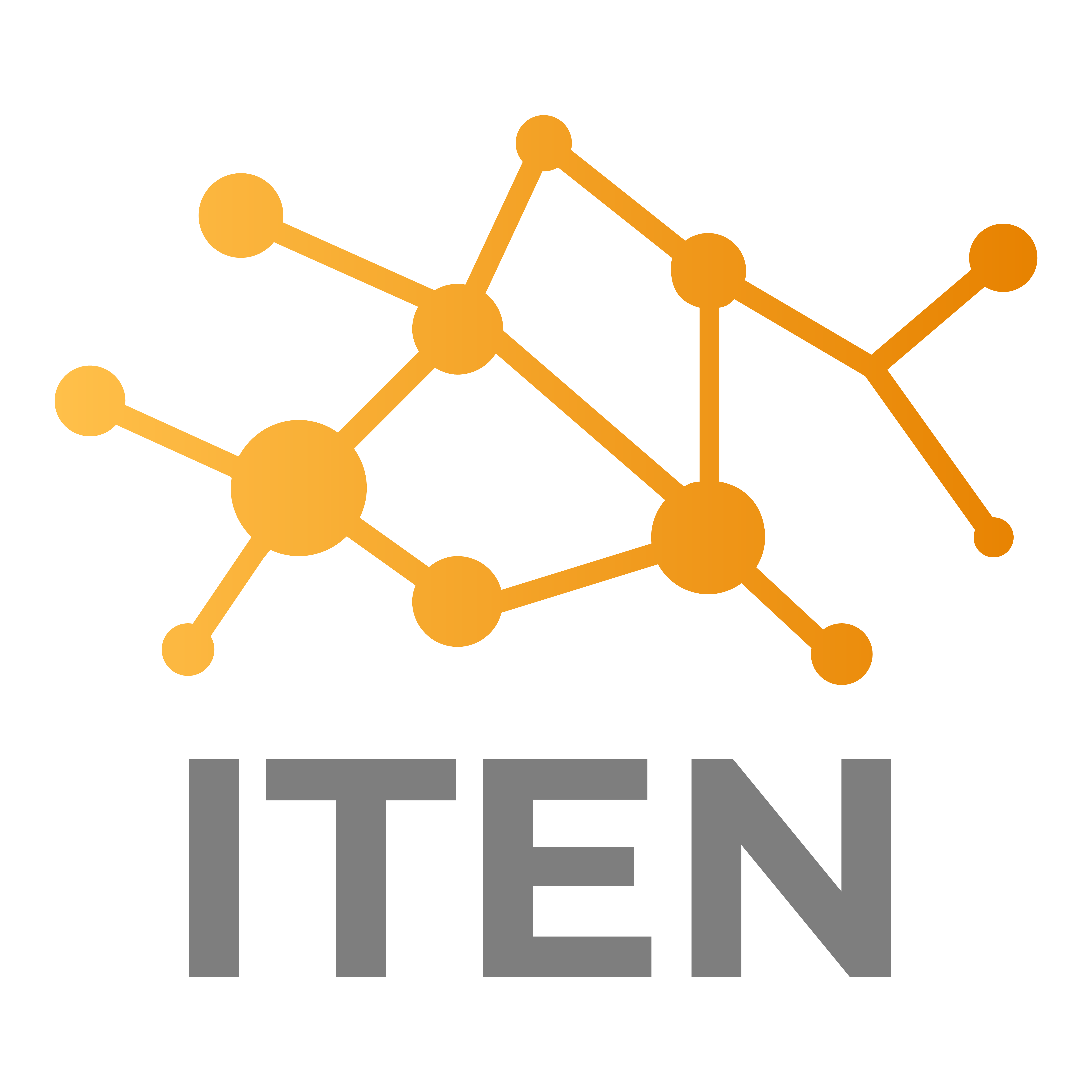Similarly, a need to count and classify precedes the modern era; collection of information was important for turnpike operators who needed to assess the income from travellers over a toll road or bridge, and for stage-coach operators who wanted to assess demand for their services. Nevertheless, this was still human-to human information flow.
Today we have more sophisticated methods for collection and interpretation of a much broader range of data; e.g. from airborne observations, from connected vehicles, and from social media. As well as automating traffic counts, video and other detection systems can determine the type of vehicle and its load in order to apply a charge. Information has gone digital such that collation and transmission of traffic and travel information (TTI) has been transformed through digital coding with standardised protocols such as DATEX 2, RDS-TMC and TPEG. Still ultimately for use by travellers, this information flow can be described as “machine to human”.
But what of the future for TTI?
Insight can be gained from a number of sources:
- “Megatrends” (major strategic issues) such as demographics, environmental concerns and economic trends, provide a relatively stable or predictably changing context in which to situate transport developments.
- Modelling of future travel demands by mode and mobility trends which acknowledge an increasing focus on whole journeys, and on service rather than vehicle ownership.
- Emerging and future technology developments and their applications within a transport context
- New transport data sources processed by Artificial Intelligence and with consideration of issues such as ownership and privacy.
- “Roadmaps” (aspirational futures) from influential organisations on needs and developments, which provide some indications, through scenarios and other descriptions, of likely future investment and research directions.
Prediction is notoriously difficult but some travel needs and trends seem clear. People and organisations make travel decisions as part of wider choices and are strongly influenced by external changes in society. These decisions are largely determined by practical factors such as the built environment, location, cost, journey times, and availability of transport infrastructure.
Despite the rise in ubiquitous communications and a decrease in immediate travel demand caused by the 2020 pandemic, it does not seem likely that people’s need and desire to travel both locally and internationally will be extinguished in the foreseeable future. We might, however, see an increase in TTI for active travel (e.g. using electric bikes and e-scooters) and an increased interest in calculating both the monetary and environmental cost of travel options.
Standards will continue to be important to facilitate collection, processing and dissemination of TTI. It is also expected that the pace and way in which standards are updated, delivered and accessed will develop to support future real-time and machine to machine uses.
In terms of gathering and processing of data, sources will continue to diversify as both technology and service offerings evolve. Data will increasingly come from vehicles and mobile devices rather than fixed sensors within the transport infrastructure. More processing will become automated with real-time dynamic data becoming increasingly important and Artificial Intelligence will allow data from diverse sources to rapidly be assimilated, collated and processed and to satisfy a variety of requirements from individual travellers, logistics operators, travel service providers and infrastructure managers.
Dissemination of TTI already occurs through multiple technologies and media, and this diversity is expected to increase. As well as publicly available signage, digital personal assistants (cognisant of the needs and the preferences of individuals) will tailor TTI in a way that is also location and context specific. This will be presented through a range of mobile, wearable and possibly biologically implanted devices. There will also be a growth in machine-to-machine dissemination of TTI as the information is used by digital processes such as routing and scheduling systems and automated vehicles.
TTI has a cost to produce even if it appears free at the point of use, so sustainable business models are vital to the existence of TTI. How much support is provided through public funds is a policy decision and the extent of government intervention varies considerably by country. In the UK, the Department for Transport plans to create a National Access Point (NAP) catalogue of metadata concentrating initially on road and traffic information. Nevertheless, the private sector has become increasingly important and its participation looks to increase further. Data has become valuable (if it can be suitably processed into useful information) which is increasingly driving innovation and new TTI services.
Governments tend to support competition and will often seek to intervene if particular commercial entities are developing a monopoly position. It therefore seems more likely that there will be a diversity of available commercial TTI services with no single business model dominating. Policy intervention may also occur to ensure that basic safety information remains available to all users and that TTI supports social inclusion and steps are taken to ensure individual privacy and choice.
This article is based on material from a new book “Collection and Delivery of Traffic and Travel Information” published by the IET.


Recent Comments